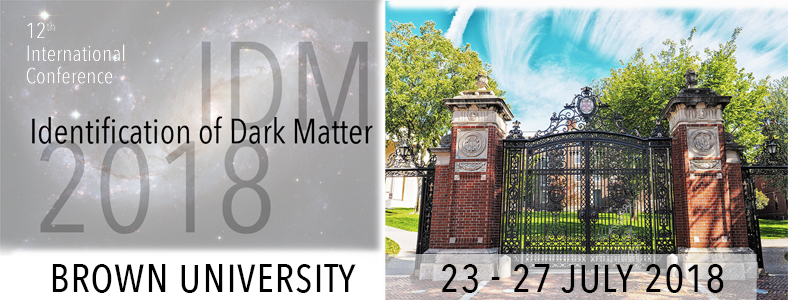Speaker
Description
The axion was first proposed as a solution to the strong CP problem, and also serves as a well-motivated dark matter candidate. HAYSTAC is a dark matter axion experiment designed to detect cosmic axions through their conversion into photons using a high $Q$ microwave cavity detector. The flexibility of HAYSTAC's platform allows for the development of new microwave cavity and amplifier concepts in an operational environment, and is the first to explore the axion model band above 20 $\mu$eV. HAYSTAC has now concluded Phase 1 of the experiment and has excluded axions in the range 23.15\,<$\, m_a $\,<$\,$24.0$\,\mu$eV at with two photon coupling at $\rm g_{\alpha\gamma\gamma}\,> \,2\times10^{-14}\,$GeV$^{-1}$. I will discuss the changes to the experiment that have been made in preparation for Phase 2. These include a refurbished cavity, improved cryogenics, and the addition of a squeezed-state receiver.
